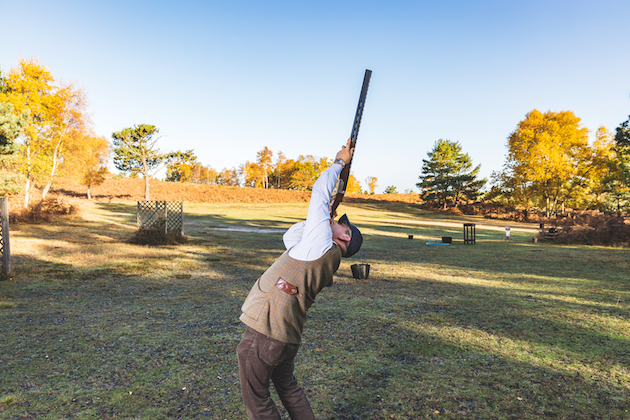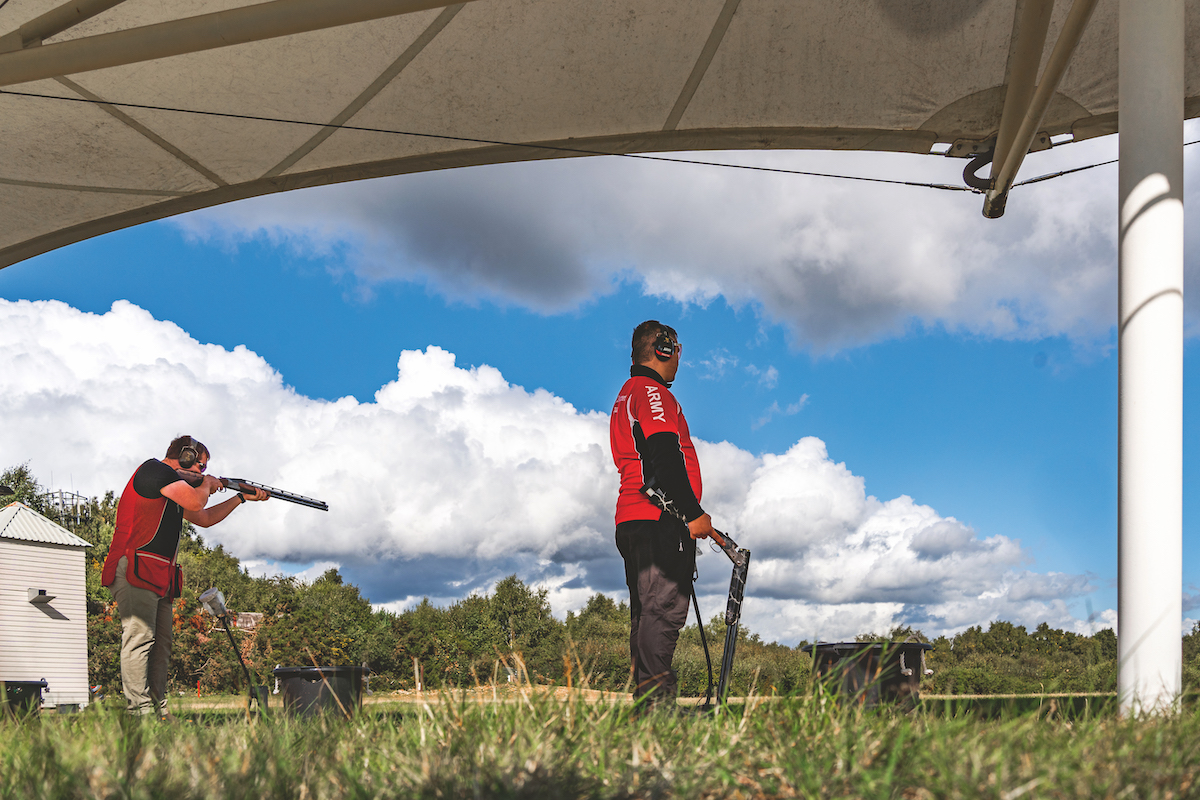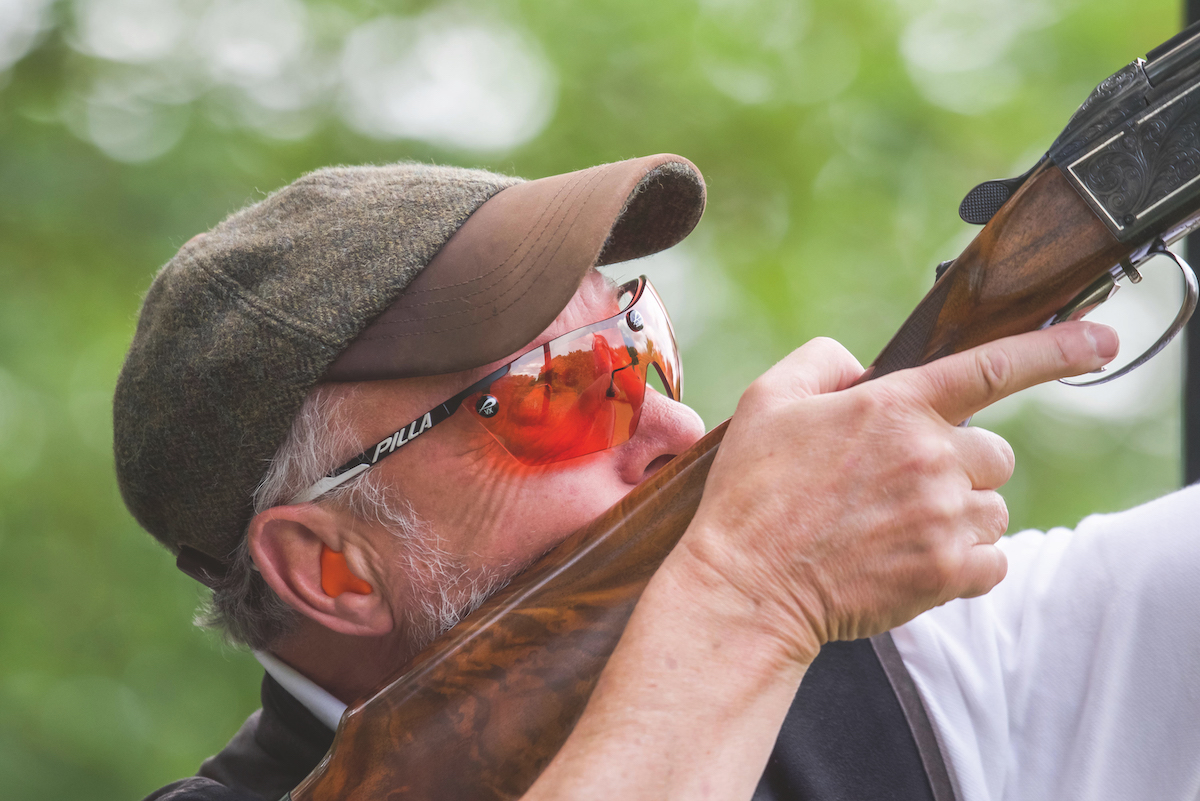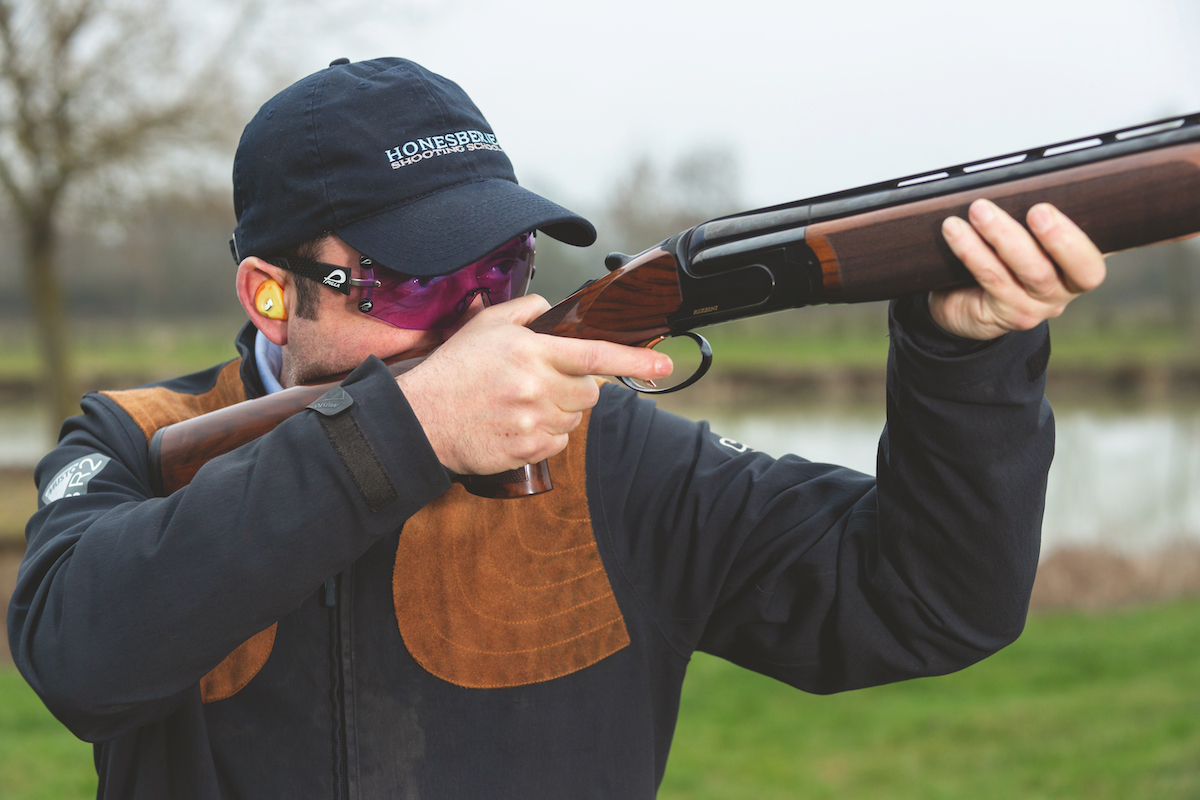Are you having problems with high targets?
A technique tune-up for shooters

Do not take the shot too late
When I have had game shooters over for coaching they frequently have the same problem – assessing and hitting high birds. After watching them shoot, here’s what I generally advise them.
Get an eye test
We get older, our eyesight changes. If you’re having trouble hitting targets that you used to nail every time – and assuming you haven’t changed your gun or mounting technique – go and get your eyes tested. Wearing glasses or contacts could make all the difference and increase your averages.
Keep head on stock
High birds are as they sound. High. So your head/neck is going to be tilted backwards while you watch the bird’s flight.
Remember that whatever the angle of the muzzles, you should always aim for a parallel gun mount. This way the gun will come into the face as it should. If your gun mount is wrong you will miss, because the gun won’t be pointing where you are looking.
https://www.instagram.com/p/B4gKZmvBnx6/?utm_source=ig_web_copy_link
Wait for it
There are benefits to snap shooting – relying on your instincts can increase your scores.
Instinctive shooting comes into its own when you’re after high targets. On the whole a high bird is in sight for a while. So don’t give into the temptation of mounting the gun too soon because you will probably aim at the bird rather than getting in front of it.
Plus which holding the gun to your shoulder will tire your arm and might well make it wobble.
Follow these steps for high targets
1. Judge bird.
2. Track bird.
3. Pull away.
4. Judge lead and keep the gun swinging.
I’d usually opt for the Clay Pigeon Shooting Association (CPSA) pull away method for high birds. However for high crossers, shooting maintained lead (if you’re familiar and proficient at shooting this way) can achieve some excellent results.
Steps for footwork
1. Start with your weight on your front foot.
2. As you start to rock back, transfer the weight to the rear foot.
If you want to hit high birds consistently then you need to be steady on your feet. Transfer your weight from the front foot to the back during the swing. Practise at home until it becomes second nature – you’re aiming for a smooth rocking motion.
Hand placement
Bring your hand on the fore-end back towards you a little. If the target is really high, and virtually above you at your chosen kill point, having your front hand too far forward on the fore-end will restrict your swing. Practise dry mounting and swinging the gun at home and you’ll see what I mean.
Stance
If you know the target is going to be high, keep the muzzles higher than normal at the ready position. Why waste time and effort bringing the gun into your shoulder/face more than you have to? If the bird is coming from behind, make sure you’re looking back as you call for the target. The quicker you can get on to it visually, the quicker you can mount, swing and fire.
Swing the gun
The biggest mistake shooters make when presented with a high target is to aim the gun at it. In fact you must swing the gun and keep it moving after the trigger has been pulled. Because of the distance from the shooter, high birds generally appear to be travelling slower than they really are. (The same bird presented at just 20 feet above the ground would look like it was simply rocketing.) The golden rule of hitting high birds is to remember to swing the gun.
Drop a choke size
If you know the targets will be high, it might be worth tightening the shot pattern by dropping a choke size. If you’re using a fixed choke field gun, flick the selector switch to use the top barrel, tighter choke, first. This will help the stream of shot remain dense at longer distances.
Trouble hitting high birds?
A: If there is one question I get asked time again, it’s about hitting high birds. The first thing is to know your…
Tips on high-driven birds
A high driven target is quite straightforward, the shooter moving the gun on the same line as the target and…
In summary
- For high incomers keep the muzzles up when you call for the bird, but not so high they obscure your view. Don’t mount the gun too early and try to pull away rather than swing through. Be ready to transfer your weight onto the back foot if necessary.
- For high crossers: treat as any other crosser, look to achieve a smooth mount and swing. Don’t be fooled into thinking the clay is travelling slower than it really is.
- For high overhead targets from behind: muzzles high, weight on back foot (ready to be swapped onto front) and look back to pick up the bird visually as soon as you can.










